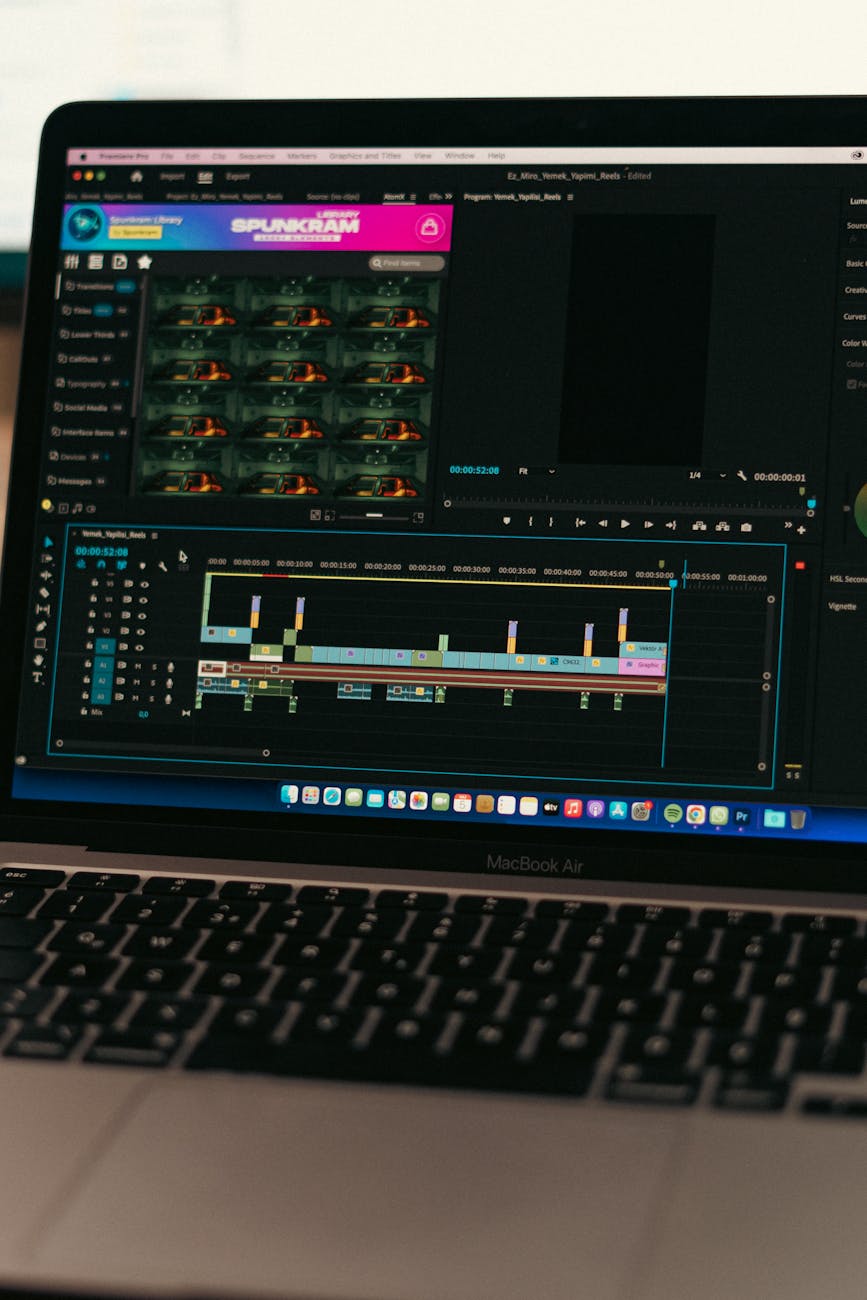Your First Steps: Mastering VS Code as a Beginner
Visual Studio Code, or VS Code as it’s commonly known, has rapidly become the go-to code editor for developers of all skill levels. Its versatility, extensive customization options, and powerful features make it a compelling choice for everything from simple HTML edits to complex software development projects. But for those just starting their coding journey, the sheer number of options can feel overwhelming. This article aims to demystify VS Code, guiding beginners through the essential setup, core functionalities, and helpful extensions that will transform it from a blank slate into a productive coding powerhouse. We’ll cover installation, basic navigation, essential settings, and some must-have extensions to boost your workflow, ensuring you feel confident and ready to tackle your first coding challenges.
Installation and Initial Setup
Getting started with VS Code is remarkably straightforward. Head over to the official website (https://code.visualstudio.com/) and download the appropriate version for your operating system (Windows, macOS, or Linux). The installation process is standard for each platform – simply follow the on-screen instructions. Once installed, launch VS Code. You’ll be greeted with a welcome screen offering options to explore documentation, open a folder, or create a new file. For beginners, opening a folder is often the best approach. This allows you to organize your projects and easily access related files. Consider choosing a theme you like; VS Code offers a wide variety of themes to personalize your coding environment. You can find these under File > Preferences > Color Theme (or Code > Preferences > Color Theme on macOS).
Navigating the VS Code Interface
Understanding the VS Code interface is crucial for efficient coding. Let’s break down the key areas:
- The Editor Area: This is where you’ll spend most of your time, writing and editing your code.
- The Explorer View: Located on the left sidebar, this view displays the files and folders within your project. You can navigate your project structure and open files directly from here.
- The Status Bar: At the bottom of the window, the status bar provides information about the current file, Git status, and other relevant details.
- The Integrated Terminal: Accessed via View > Terminal, this provides a command-line interface directly within VS Code, allowing you to run commands, execute scripts, and manage your project.
- The Activity Bar: The vertical bar on the left side, containing icons for various views like Explorer, Search, Source Control (Git), and Debugging.
Mastering keyboard shortcuts will significantly speed up your workflow. Some essential shortcuts include Ctrl+S (or Cmd+S on macOS) for saving, Ctrl+C (or Cmd+C) for copying, Ctrl+V (or Cmd+V) for pasting, and Ctrl+F (or Cmd+F) for searching.
Essential Settings and Customization
VS Code’s power lies in its extensive customization options. You can tailor the editor to your specific preferences and coding style. Access settings via File > Preferences > Settings (or Code > Preferences > Settings on macOS). Settings are organized into categories, making it easy to find what you’re looking for. Some useful settings to consider:
- Editor > Tab Size: Adjust the number of spaces used for indentation.
- Editor > Insert Spaces: Choose whether to use spaces or tabs for indentation.
- Editor > Word Wrap: Enable or disable word wrapping to prevent long lines from extending beyond the screen.
- Files > Auto Save: Configure VS Code to automatically save your files at regular intervals.
You can also create custom keybindings to map specific actions to your preferred keyboard shortcuts. This is particularly useful for frequently used commands.
Boosting Your Workflow with Extensions
VS Code’s extension marketplace is a treasure trove of tools that can significantly enhance your coding experience. Extensions provide support for various programming languages, linters, debuggers, and other helpful features. Here are a few recommended extensions for beginners:
| Extension Name | Description | Use Case |
|---|---|---|
| Prettier – Code formatter | Automatically formats your code to adhere to a consistent style. | Ensuring code readability and consistency. |
| ESLint | A JavaScript linter that identifies potential errors and style issues. | Improving JavaScript code quality. |
| Python | Provides language support for Python, including IntelliSense, linting, and debugging. | Developing Python applications. |
| Live Server | Starts a local development server with live reload functionality. | Quickly previewing web pages during development. |
To install an extension, click on the Extensions icon in the Activity Bar (or press Ctrl+Shift+X / Cmd+Shift+X) and search for the desired extension. Click “Install” to add it to your VS Code installation.
Debugging and Integrated Terminal
VS Code offers powerful debugging capabilities directly within the editor. Most language extensions provide debugging support, allowing you to set breakpoints, step through your code, and inspect variables. Learn the basics of debugging for your chosen language – it’s an invaluable skill for identifying and fixing errors. The integrated terminal is equally important. It allows you to run commands, install packages (like npm for JavaScript or pip for Python), and interact with your project’s environment without leaving VS Code. Familiarize yourself with common terminal commands for your language and operating system. This integration streamlines your development workflow significantly.
In conclusion, VS Code is a remarkably versatile and powerful code editor, and mastering it is a worthwhile investment for any aspiring developer. We’ve covered the fundamentals, from initial installation and navigating the interface to customizing settings and leveraging extensions. Remember to explore the vast extension marketplace to find tools that cater to your specific needs and programming languages. Don’t be afraid to experiment with different settings and configurations to create a coding environment that feels comfortable and efficient. The integrated terminal and debugging tools are essential for troubleshooting and refining your code. With practice and exploration, VS Code will become an indispensable part of your coding toolkit, empowering you to tackle increasingly complex projects with confidence and ease.
